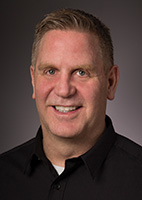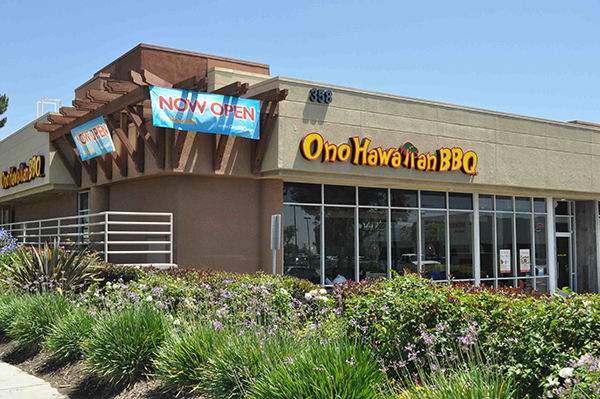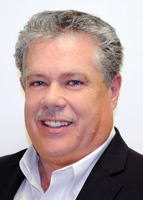As brands grow, challenges emerge as they reach certain milestones. Moving from a handful of closely controlled units to a franchise model with aspirations for rapid growth requires establishing a support infrastructure, operational methods, and logistics to support growth via franchising. Brands that do those things well can grow to the 100-site mark, an ambition not many attain.
Achieving the 100-site milestone requires businesses to master essential principles and processes to support an extensive network of units. Those that reach the 100 club show that they have achieved scalability and have more room to grow.
Scaling up what is needed to support expansion to 100 sites is a balancing act. Essentials including supply chains, recruiting franchisees and employees, and keeping technology on par with growth. Scaling up too slowly may result in bad outcomes such as failing to maintain the quality of food or failing to provide new franchisees with the advice and mentoring they need. On the other hand, scaling up too quickly risks overspending, which can limit profits and is likely to result in slowed growth or worse.
Pace Yourself
“It’s dangerous to fall into the trap of thinking as you grow, you can spend more,” says Peter Yang, co-founder, Pokeworks. “I think it’s the opposite.” In fact, Pokeworks has tapped the brakes on spending and slowed its pace of new openings recently to better prepare its operations and technology.
Tara Gilad, co-founder and COO, Vitality Bowls, echoes Yang’s sentiment about having a period of measured growth to ensure that the brand executes well as it grows.
“When we had just 12 locations, our expansion strategy was focused on establishing a strong foundational presence and building brand recognition,” Gilad says. “At that stage, our efforts were concentrated on perfecting operational processes, ensuring consistent quality, and nurturing a loyal customer base. We took a cautious approach to location selection, emphasizing risk minimization and gradual growth.” Founded in 2011, Vitality Bowls began franchising in 2014, and in the decade since, has nearly 100 stores already open or in development nationwide.
“As we’ve grown, our expansion strategy has become more ambitious and comprehensive,” Gilad says. “With a solid infrastructure in place and a proven business model, we’re now able to scale more rapidly and enter new, diverse markets with greater confidence.”
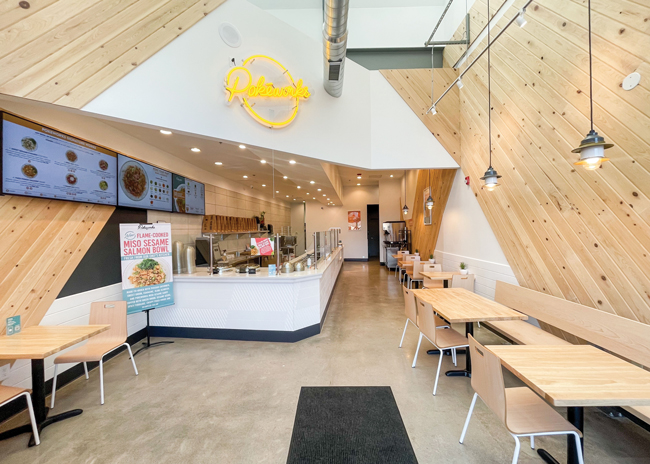 Pokeworks created a design and construction document that guides build-outs for new sites. This enables faster decision making. Image courtesy Pokeworks
Pokeworks created a design and construction document that guides build-outs for new sites. This enables faster decision making. Image courtesy Pokeworks
Support Franchisees
Providing franchisees with strong support is essential to fuel ambitious growth, brand development executives say. Pokeworks, a franchise with 70 locations in the U.S., Canada, and Taiwan, hires seasoned regional managers that act as servant leaders to franchisees. Although concerned about overspending for growth, the brand does not want to skimp on franchisee support. “I would rather add more regional managers than spread ourselves too thin,” Yang says.
Strong corporate support of franchisees is vital to preserving brand integrity, the quality of food, and the customer experience, adds Jennifer Striepling, chief development officer, Walk-On’s Sports Bistreaux. Even operators that have previous experience running a restaurant need a high level of support, especially in the early months of opening a new franchise. “You have to make sure they don’t feel like they are out on an island by themselves,” Striepling says. “You should have someone in the market that can work on all facets of the business — like a franchisee business coach.”
Walk-On’s corporate field team members provide franchisee support within designated geographic areas. As the brand — currently at 80 sites — grows, Striepling monitors the workloads of area managers to ensure that they can provide the support needed by franchisees. A franchisee advisory council composed of 10 franchisees in different regions provides regular feedback on how well corporate is supporting them and helps flag issues that need to be addressed.
Pokeworks has adopted a hub-and-spoke growth strategy. The idea is to select a region for growth anchored in a particular metro area and add sites within and around the core. This arrangement makes operations and the supply chain more efficient, Yang says. It also makes it easier for regional managers to support franchisees. “If there are 10 stores in Houston, for instance, a manager can visit all 10 stores in a day,” Yang says.
Standardization
Streamlining design and construction methods is a must when embarking on a rapid growth strategy. Burgers-and-shakes chain Mooyah focused on developing new prototypes over the past couple of years. The brand devised new formats including its first drive-thrus and a smaller footprint configuration and is now stepping up the pace of openings. “We have been talking about and concepting drive-thru for three years,” says Doug Willmarth, CEO, Mooyah. Those efforts laid the groundwork for a rapid succession of openings in the second half of 2024 after a period of slower growth. As of mid-2024, Mooyah had 81 sites operating in 24 states and four countries outside of the U.S. The brand is preparing to reach a growth pace of 25 to 30 openings a year in 2026, Willmarth says.
Pokeworks developed a design and construction guide for architects and contractors when it approached the 20-store milestone. “It’s an easy-to-follow document,” Yang says. “We have a couple of prototypes. The document minimizes decision-making for franchisees.”
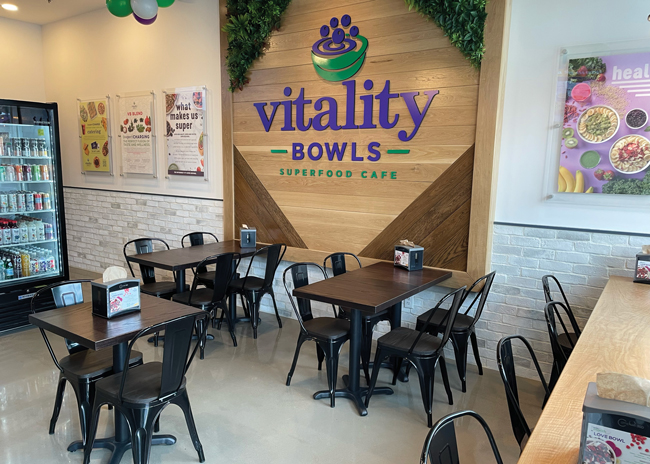 Vitality Bowls uses data from its scaled-up POS systems to better understand customer preferences, manage inventory, and streamline operations. Image courtesy of Vitality Bowls
Vitality Bowls uses data from its scaled-up POS systems to better understand customer preferences, manage inventory, and streamline operations. Image courtesy of Vitality Bowls
Technology
Any brand that aspires to 100 units must have a robust technology backbone that supports swift tactical decision-making. “If you have 30 to 40 sites, you can do things manually,” Willmarth says. “Once you get to 100, communication gets harder. How do you update recipes and pricing at scale and speed?” To maintain consistency on things like promotions, close coordination via IT is needed. “The bigger you get, the more disciplined a brand has to be,” Willmarth says.
As brands grow the number of locations into the high double digits, they sometimes find that the POS system that served them well when they were smaller no longer does the job. “There are a lot of POS providers,” Yang says. “Some systems are designed for smaller operations and hit a roadblock when you get to a certain size. We are hitting that now.” Pokeworks has been evaluating options for a new POS system for about six months. “It’s a big decision,” Yang says. “There are a lot of back-end support issues, especially when you have a lot of digital sales.” POS systems can also provide insight to make operations more efficient. “We want something that gives the best real-time data so we can control labor costs,” Yang says.
Vitality Bowls gains a wealth of operational insight from POS data. “Our POS systems have been upgraded to handle increased transaction volumes and provide detailed analytics,” Gilad says. “These systems are crucial for understanding customer preferences, managing inventory, and streamlining operations across all locations. Data insights gained from these systems enable us to make informed decisions, tailor our offerings, and enhance the customer experience.”
Supply Chain
As a brand spreads to new regions, it must ensure that its suppliers can grow with it. “Most vendors will try to accommodate you,” Striepling says. “For some, it might be that continued expansion is too much for them.” A sound strategy, even if a supplier can grow with you, she says, is to work with a secondary supplier. This adds resiliency to the supply chain.
“To support our growth, we’ve implemented a national supply chain strategy that includes an 18-month advance supply guarantee,” Gilad says. “This approach ensures that we have the necessary resources and inventory levels to meet demand as we expand into new markets. It not only helps us mitigate potential supply chain disruptions, but also allows us to negotiate better terms with suppliers.”
Site Selection
Brands must refine their site selection process before reaching for 100 units. That requires knowing both the best site attributes — urban vs. suburban, strip development vs. standalone, for example — and the demographics and psychographics of your best customers. Pokeworks favors upscale suburban strip malls. These sites tend to include complementary brands of things like smoothie bars and salad concepts, Yang says.
While age and income of the surrounding population are indicators of potential successful sites for Pokeworks, they are not reliable enough on their own. “You can have places with the same household income, but the lifestyle is different,” Yang says. The brand’s best customers tend to be well educated, well-traveled and they like to watch Netflix — a cohort that uses laptops and likes lattes. Based on what it has learned about its best locations, Pokeworks has developed an internal real estate grading tool that crunches the numbers on demographics, psychographics, and site attributes to find optimal locations for expansion.
Continuous Improvement
Refining operational processes to make franchises more profitable is another essential step. Every dollar saved with better design layout, labor utilization, and more efficient supply chain practices adds to a franchisee’s bottom line. Making your brand more attractive to franchisees by boosting profits makes it easier to attract them. “You need to have an economic model that works for franchisees,” Willmarth says. “We want a three-year or better ROI with margins in the mid-teens. If you don’t have that, it’s going to be harder to find franchisees.”
There’s a lot to get right to reach 100 units. For those who meet the challenges, it’s an accomplishment worth celebrating. “Not many restaurants grow to over 100 locations,” Willmarth says. “It’s a real landmark.

